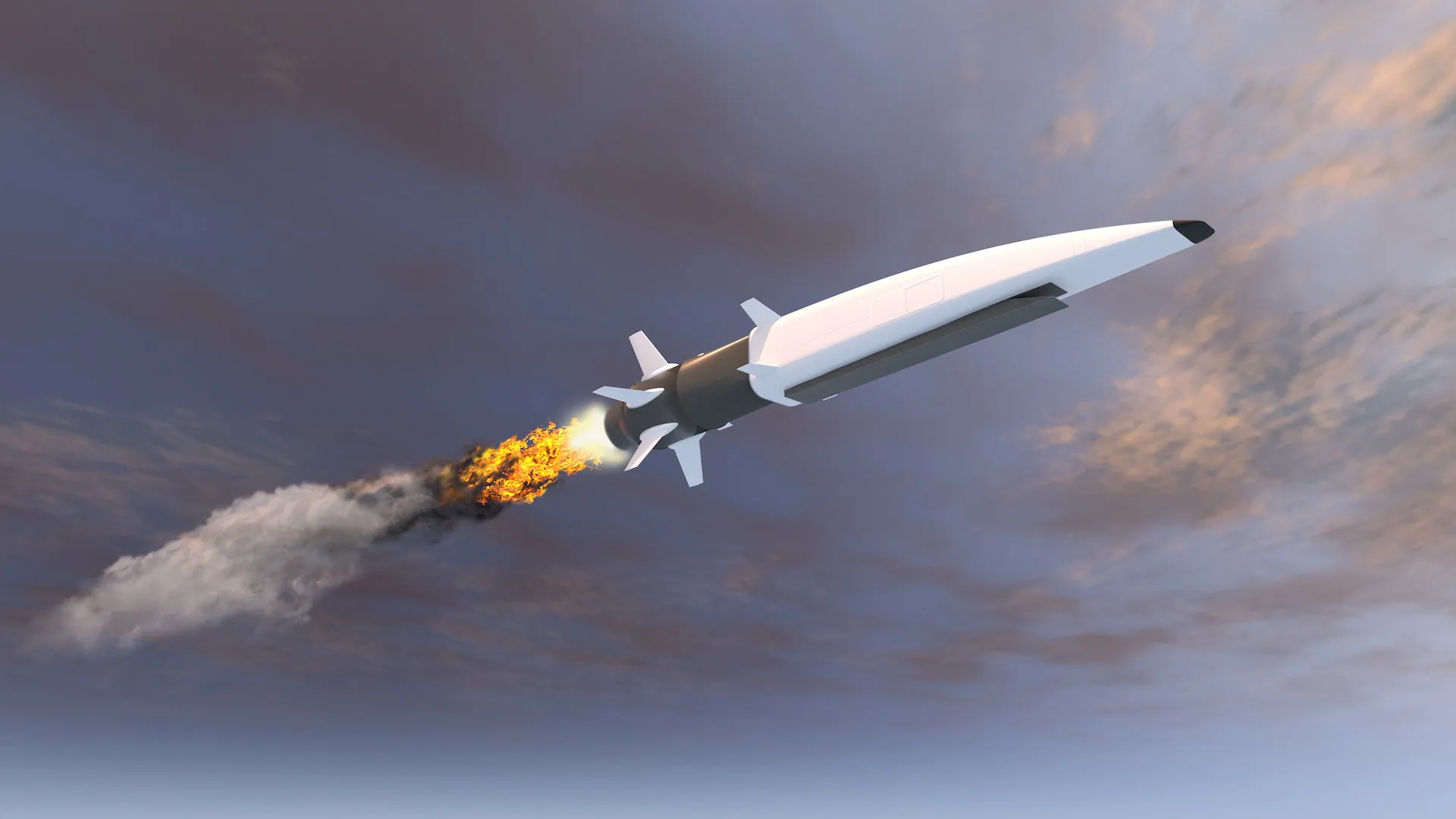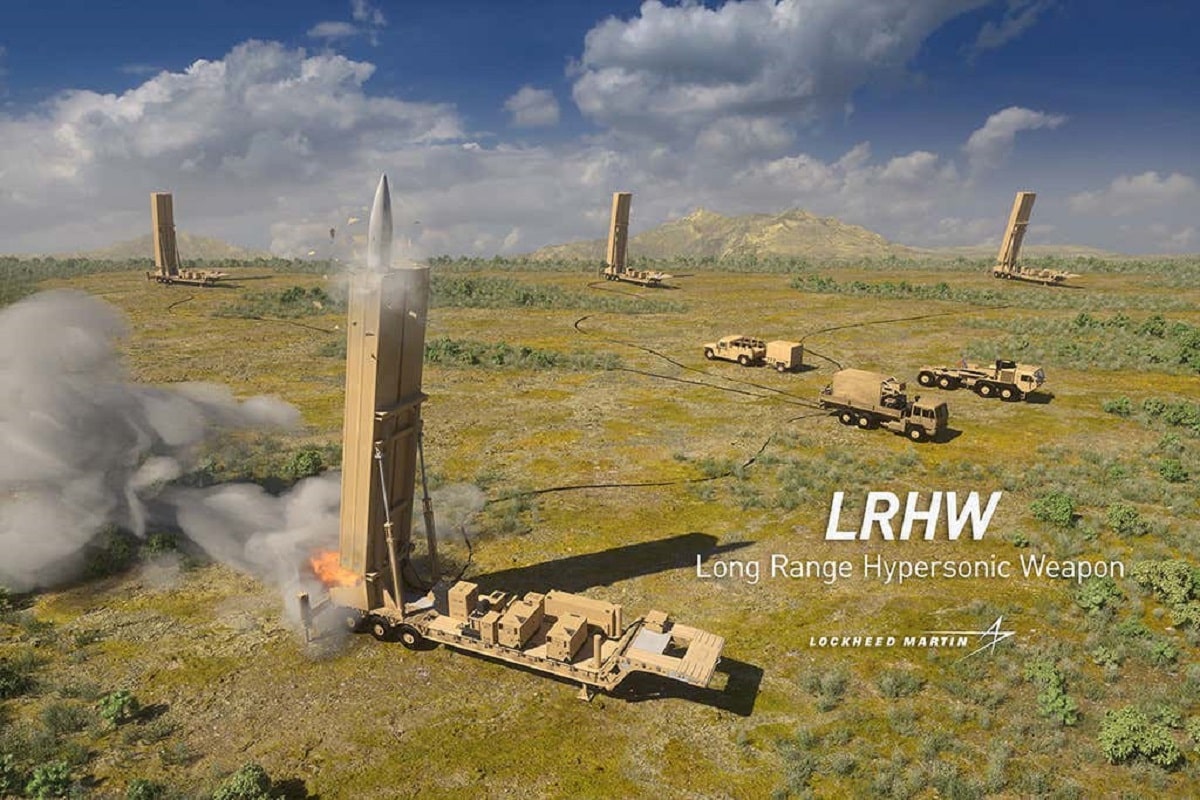Table Of Content

(A glider turns by banking or otherwise inducing a horizontal component of the lift force.) As it happens, lift is also proportional to the square of the velocity. The ratio of the lift force, L, to the drag force, D, is called the lift-to-drag ratio, L/D, a key marker of a glider’s performance. If Russia ever operates this system against an enemy, that country would have to decide the probability of the weapon being conventional or nuclear. The recent tests are the moves in a dangerous arms race in which smaller Asian nations are striving to develop advanced long-range missiles, alongside major military powers.
'He's not even looking at me': Ricciardo fumes as Stroll crash ends his race in China
Our studies indicate that hypersonic weapons may have advantages in certain scenarios, but by no means do they constitute a revolution. And yet the widespread perception that hypersonic weapons are a game-changer has increased tensions among the U.S., Russia and China, driving a new arms race and escalating the chances of conflict. In the case of the U.S., if the determination were made that the weapon was nuclear, then there is a very high likelihood that the U.S. would consider this a first strike attack and respond by unloading its nuclear weapons on Russia. The hypersonic speed of these weapons increases the precariousness of the situation because the time for any last-minute diplomatic resolution would be severely reduced. The ability to launch highly maneuverable weapons at hypersonic speeds gives any country a considerable advantage, because such weapons can evade just about any defense system currently in use. The glide vehicle then separates from the rocket and “glides” at speeds of at least Mach 5 toward a target.

China
If it drops by about 2.5 kilometers, then turning by 30 degrees would take about seven minutes, during which it would travel along a vast arc, with a radius of some 4,000 kilometers. The extra drag that comes from traveling in denser air, even for such a short time, would reduce the glider’s speed by about Mach 1.3, causing it to lose about 450 kilometers of range out of the 3,000 kilometers it might otherwise have traveled. North Korea claims to have successfully test-fired two hypersonic missiles so far this year — one on January 5, and the latest on January 11, according to state-run Korea Central News Agency. U.S. officials have so far not confirmed the claims, describing the launches only as ballistic missile tests. North Korean leader Kim Jong Un has said hypersonic missiles would greatly increase his country’s nuclear “war deterrent,” a position that many experts say puts South Korea at risk. This is slower than an intercontinental ballistic missile (ICBM) but the shape of a hypersonic glide vehicle allows it to manoeuvre toward a target or away from defences.
What's the big deal about hypersonic weapons and why are major powers vying for this capability?
It was designed to glide up to 7,600 kilometers after being boosted to an initial speed of Mach 20 by a rocket. We combined data from these tests with other information about the vehicle to construct detailed computer simulations of hypersonic flight. Gliders deployable in the foreseeable future might avoid being seen by U.S. satellites if they fly at the low end of the hypersonic range— below about Mach 6. This concern appears to be motivating U.S. research into new constellations of satellite sensors. But a boost-glide vehicle similar to the HTV-2 with an initial speed of Mach 5.5 would travel less than 500 kilometers, so flying at these speeds would significantly limit its range. Hypersonic cruise missiles could conceivably maintain these low speeds over longer distances.
Drag and Lift
Heating remains a major challenge because the surface temperature of a vehicle falls rather slowly with increases in L/D. Our calculations show, for example, that increasing L/D from 2.6, the value that the HTV-2 achieved, to 6 would reduce a glider’s surface temperature at a given speed by at most 15 percent. Preventing material damage during long-range flights would therefore still be difficult. Such an increase in L/D would also reduce the infrared signature of a missile and potentially increase the speed at which it could fly undetected (by current satellites) to up to Mach 7. Increasing L/D could in addition provide somewhat higher maneuverability—but that could be more easily boosted by relatively small increases in a glider’s initial speed.
Russia and China seem to be developing hypersonic weapons largely because of their ability to evade U.S. missile defense systems. The U.S. Ground-based Midcourse Defense and ship-based Aegis SM-3 systems, which are intended to defend the U.S., Japan, and other countries, intercept above the atmosphere and are unable to engage hypersonic weapons flying in at lower altitudes. Hypersonic gliders with sufficient speed and maneuverability could also evade defenses of shorter range that work within the atmosphere, such as the U.S. These interceptors protect small regions, tens of kilometers across, around military sites and ships, using lift forces for turning to intercept incoming weapons.
22 Zircon
Proponents say that these weapons are incredibly fast and agile and virtually invisible. Raytheon and Northrop Grumman won a contract worth $985 million to develop the world’s first hypersonic cruise missile. HACM, developed for the United States and Australia, is an air-launched hypersonic cruise missile designed to quickly strike targets on the ground. Under the terms of the contract, the Pentagon should see the first operational missiles in 2027. Like many aircraft, turbofan engines power cruise missiles, propelling them at subsonic speeds.
Four days, five unrelated stabbing attacks: Sydney's horror week puts spotlight on knife crime
In July, Russia successfully tested a Tsirkon (Zircon) hypersonic cruise missile, which President Vladimir Putin touted as part of a new generation of missile systems. In recent months, the United States and Russia have both conducted tests of hypersonic weapons, with North Korea saying it too had tested a newly developed hypersonic missile. Describing a vehicle as hypersonic means that it flies much faster than the speed of sound, which is 761 miles per hour (1,225 kilometers per hour) at sea level and 663 mph (1,067 kph) at 35,000 feet (10,668 meters) where passenger jets fly. Passenger jets travel at just under 600 mph (966 kph), whereas hypersonic systems operate at speeds of 3,500 mph (5,633 kph) – about 1 mile (1.6 kilometers) per second – and higher. It is the destabilizing influence that modern hypersonic missiles represent that is perhaps the greatest risk they pose. I believe the U.S. and its allies should rapidly field their own hypersonic weapons to bring other nations such as Russia and China to the negotiating table to develop a diplomatic approach to managing these weapons.
Hypersonic Attack Cruise Missile
They are launched on smaller rockets that keep them within the upper reaches of the atmosphere. Russian military officials claimed on March 19 that they fired hypersonic missiles for the first time in Ukraine to target what they said was an underground weapons storage site in the west of the country. The U.S. military requested $3.8 billion for the development of hypersonic weapons for fiscal year 2022, and another $246.9 million for hypersonic defense research.
Today the fastest official speed for a piloted jet aircraft stands at approximately Mach 3, which the Lockheed SR-71 Blackbird reached in July 1976. Jet engines also power cruise missiles—maneuverable and pilotless aircraft, the fastest of which can achieve supersonic speeds. Hypersonic weapons fly at speeds of at least Mach 5 and are highly maneuverable and able to change course during flight.
Combining a glide vehicle with a missile that can launch it partially into orbit — a so-called fractional orbital bombardment system (FOBS) — could thus strip adversaries of reaction time and traditional defence mechanisms. Days after the US announcement, North Korea fired a newly developed hypersonic missile, calling it a "strategic weapon" that boosted its defence capabilities, though some South Korean analysts described the test as a failure. HACM is a tactical weapon designed to be used on day one of a large-scale conventional conflict. We belong to a small but vibrant community of physicists and engineers scattered around the globe who study new weapons systems to understand their potential impacts on global security. This tradition is deep, going back to participants in the Manhattan Project and Russian scientists such as Andrei Sakharov, who sought to mitigate the danger to the world from the nuclear weapons they had helped create.
Air Force not planning to buy any ARRW hypersonic missiles in fiscal 2025 - DefenseScoop
Air Force not planning to buy any ARRW hypersonic missiles in fiscal 2025.
Posted: Mon, 11 Mar 2024 07:00:00 GMT [source]
By providing technical analyses of new military systems, independent scientists and engineers such as ourselves seek to help the public and policy makers make sound decisions about them. We believe that the unbiased and informed studies we provide are vital, however, and policy makers should heed them. The U.S. Congress and the Pentagon need to dispense with the hype and make a careful, realistic and technically informed appraisal of the potential benefits and costs of hypersonic weapons. Failure to fully assess these factors is a recipe for wasteful spending and increased global risk. Despite this reality, the hype around hypersonic weapons has driven big increases in spending on these systems and heightened fear, distrust and the risk of conflict among the U.S., Russia and China. The prospect of fast and potentially undetected attacks, even if exaggerated, could prompt these countries to react quickly and rashly to warnings, either real or mistaken, increasing the chances of blundering into conflict.
(The U.S. and other countries are also working to build hypersonic cruise missiles, but their engines are still under development.) Yet our studies indicate that hypersonic gliders encounter severe challenges. Hypersonic weapons are often said to reduce the time needed to deliver a warhead, but this claim is largely based on a misleading comparison with subsonic cruise missiles or with ballistic missiles on longer trajectories. The most energy-efficient path for a ballistic missile, called a minimum-energy trajectory, sends a warhead arcing high above Earth before it falls to its target. The warhead avoids atmospheric drag over most of its flight but follows a much longer path than a hypersonic glider would, so it can take somewhat longer to reach the same target. In the early 2010s the U.S. flight-tested a long-range glider, the Hypersonic Technology Vehicle 2 (HTV-2).
U.S. officials have said that while there are some ground-based radars that can detect hypersonic weapons, there are not enough to give adequate warning of an attack. Officials, like the now-retired Hyten, have advocated the construction of a space-based radar system. Militaries have pursued hypersonic aircraft for almost a century, though with limited success. In the late 1930s Austrian engineer Eugen Sänger and German physicist Irene Bredt designed the first hypersonic aircraft, a glider called the Silbervogel. It was to be launched from a rocket, fly primarily within the atmosphere and, like any other glider, stay aloft using aerodynamic lift, but Nazi planners decided it would be too difficult and expensive to build.
No comments:
Post a Comment